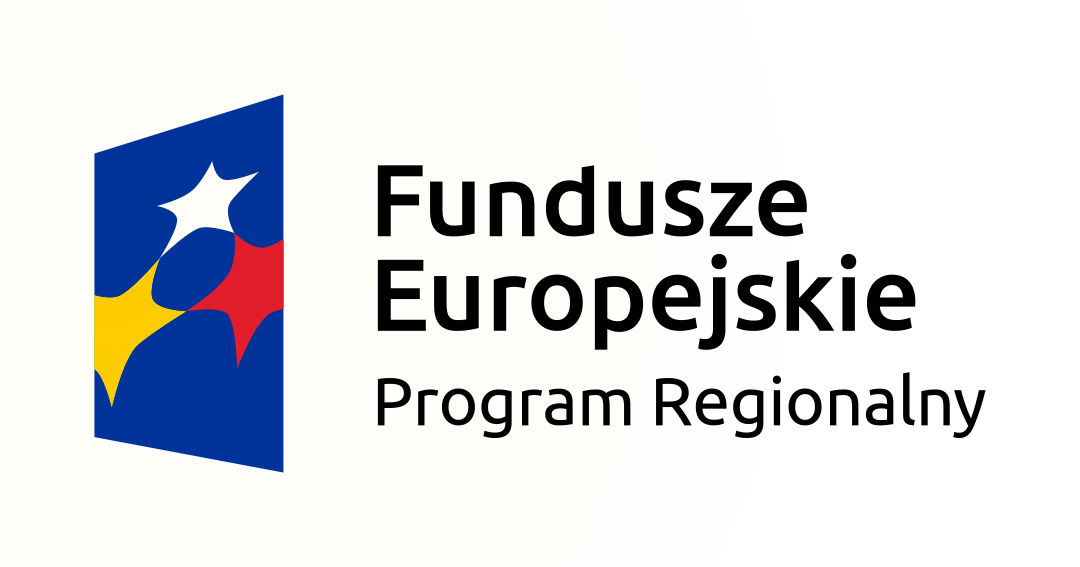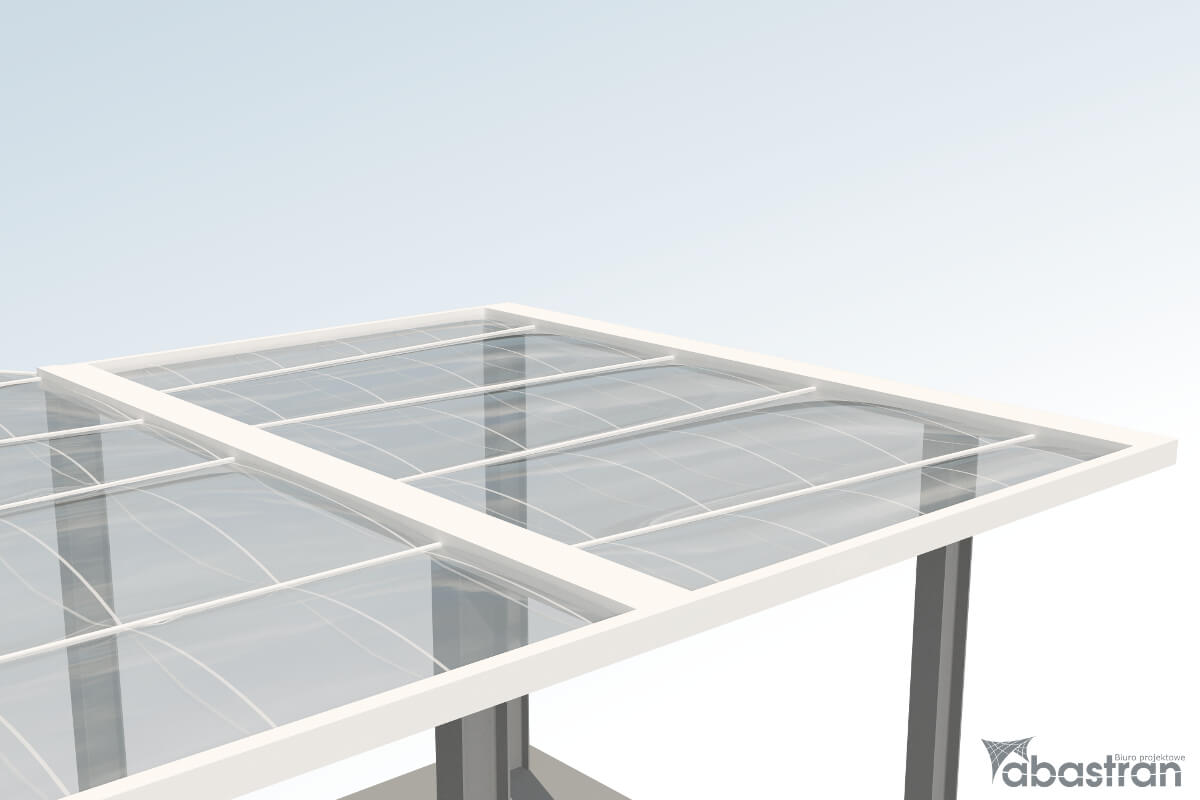
What is ETFE?
ETFE (ethylene tetrafluoroethylene) is a modern building material that is gaining popularity in the design of roofs, facades, and other structures. ETFE foil is characterized by its lightweight, flexibility, and extraordinary resistance to weather conditions, making it an excellent choice for architects and engineers seeking innovative solutions. The use of ETFE structures in modern construction brings numerous benefits, from material savings to energy efficiency. In this article, we will discuss what ETFE is, its properties, and its most important applications.
What is ETFE?
ETFE is a synthetic fluoropolymer invented in the 1970s, originally used in the aerospace industry. In architecture, it is used in the form of ETFE foil or ETFE membranes, employed in constructions such as roofs, facades, or conservatories. The first known project to use ETFE was the Allianz Arena stadium in Munich, which contributed to the material’s popularity in construction.
Properties of ETFE
Light Transmission
One of the most important features of ETFE foil is its high light transmission. This material allows up to 95% of natural light to pass through, making spaces covered with ETFE roofs bright and filled with daylight. This makes ETFE an excellent solution for buildings where reducing artificial lighting is crucial, such as in conservatories, swimming pools, or greenhouses.
Lightweight
ETFE foil is exceptionally lightweight, which translates into lower loads on a building’s structural framework. The material’s lightness also reduces transport costs and facilitates installation. Compared to traditional building materials like glass or concrete, ETFE structures can be significantly lighter.
Strength and Flexibility
Despite its lightness, ETFE is a very durable material. It is resistant to stretching and can withstand strong winds and other dynamic loads. The ETFE membrane maintains its flexibility across a wide temperature range, making it ideal even in extreme climatic conditions.
Weather Resistance
UV resistance and chemical resistance are additional advantages of ETFE. This material does not yellow or lose its properties under UV radiation, ensuring the long-lasting aesthetic appeal of a building. Furthermore, ETFE is resistant to chemicals, making it an ideal material for facades and roofs in demanding industrial conditions.
Thermal Insulation
Although ETFE foil is not the best thermal insulator, its unique application in the form of ETFE cushions (double or triple layers filled with air) significantly improves its thermal insulation. Such constructions allow for effective temperature control within a building, promoting energy efficiency and sustainable construction.
Self-Cleaning
ETFE has a smooth, non-stick surface, allowing rain to easily wash away contaminants. This self-cleaning property of the material reduces the need for regular cleaning, further lowering maintenance costs.
Applications of ETFE
Roofs
ETFE roofs are increasingly chosen in modern architecture. Due to their lightness and light transmission, ETFE roofs are ideal for buildings such as stadiums, sports halls, or shopping centers, where both natural lighting and aesthetics are important.
Facades
ETFE foil is also used in building facades. It can serve as a substitute for glass while offering significantly better properties in terms of reducing structural weight and protecting against UV radiation. Kinetic facades made of ETFE can dynamically respond to weather conditions, allowing for optimized lighting and ventilation of buildings.
Conservatories
Membrane structures with ETFE are an excellent choice for creating glazing in conservatories. Its light-transmitting properties and design flexibility allow for the creation of bright, friendly spaces that are well-protected from weather elements while ensuring sustainable construction.
Other Applications
ETFE cushions are used in many innovative architectural projects, such as swimming pools, greenhouses, and sports facilities. An example is the roofs of stadiums, where the material’s lightness allows for covering large areas while maintaining high resistance to damage.
Conclusion
ETFE foil is an innovative material that offers exceptional properties such as light transmission, lightness, durability, and weather resistance. The application of ETFE in modern construction enables the creation of lightweight, energy-efficient structures with a modern appearance. From roofs and facades to conservatories and stadiums—ETFE finds wide application wherever aesthetics, functionality, and energy savings are key.
If you are looking for modern solutions for ETFE structures, contact us. Abastran offers comprehensive design and construction services using ETFE structures.
👉 Contact Us and discover innovative possibilities for ETFE constructions!
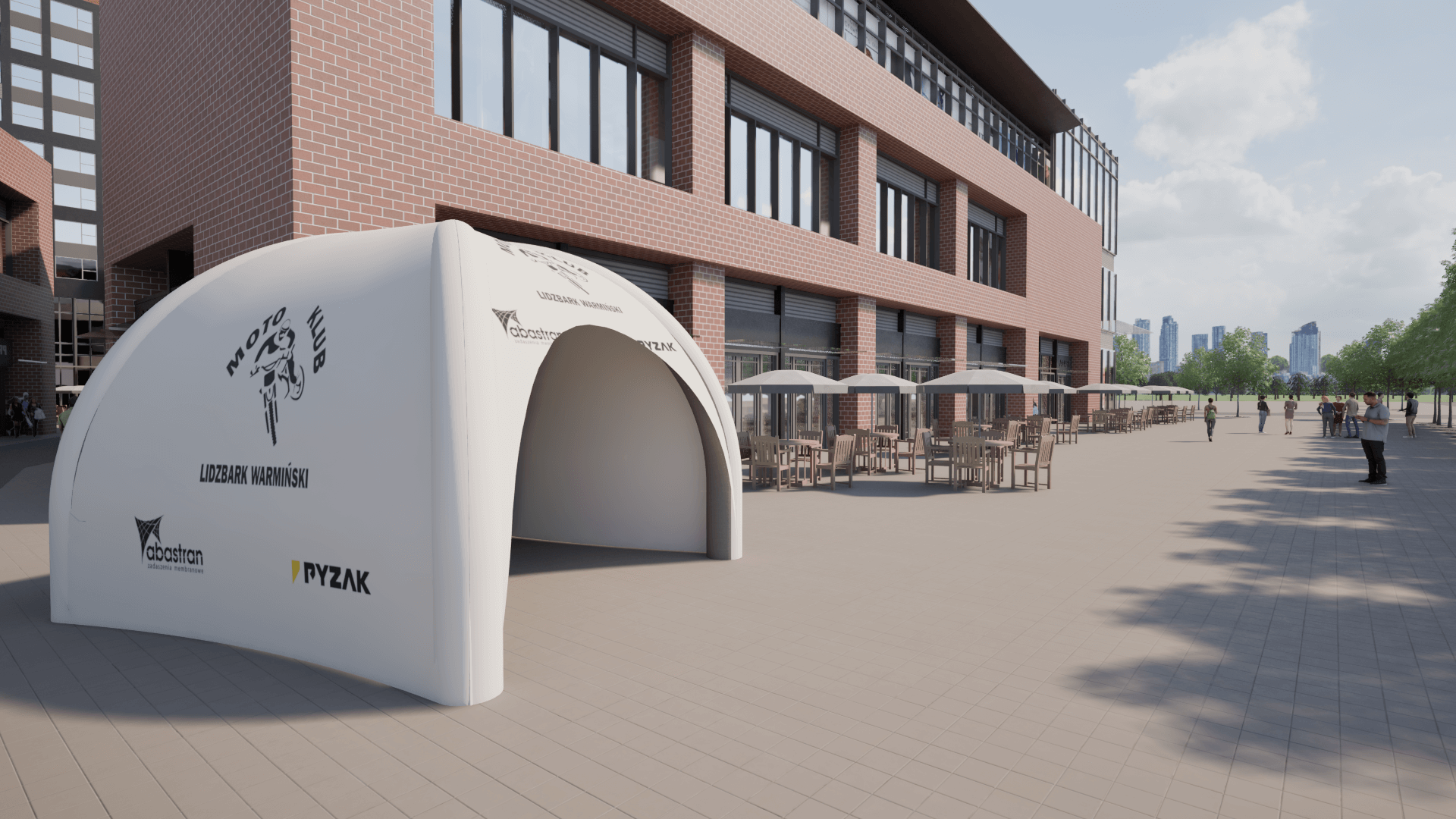
Advertising Tents as an Investment – How to Increase Brand Recognition at Events?
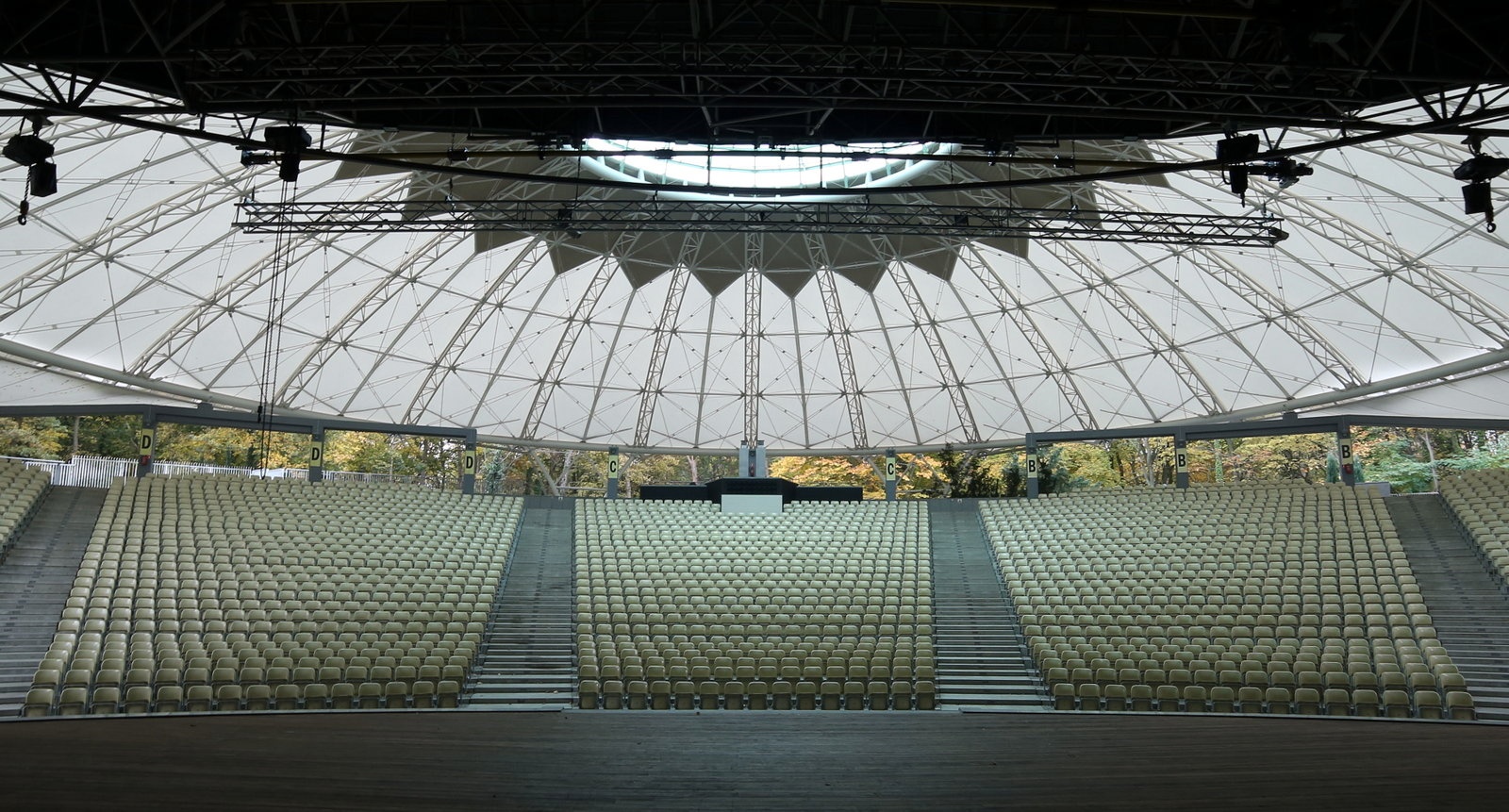
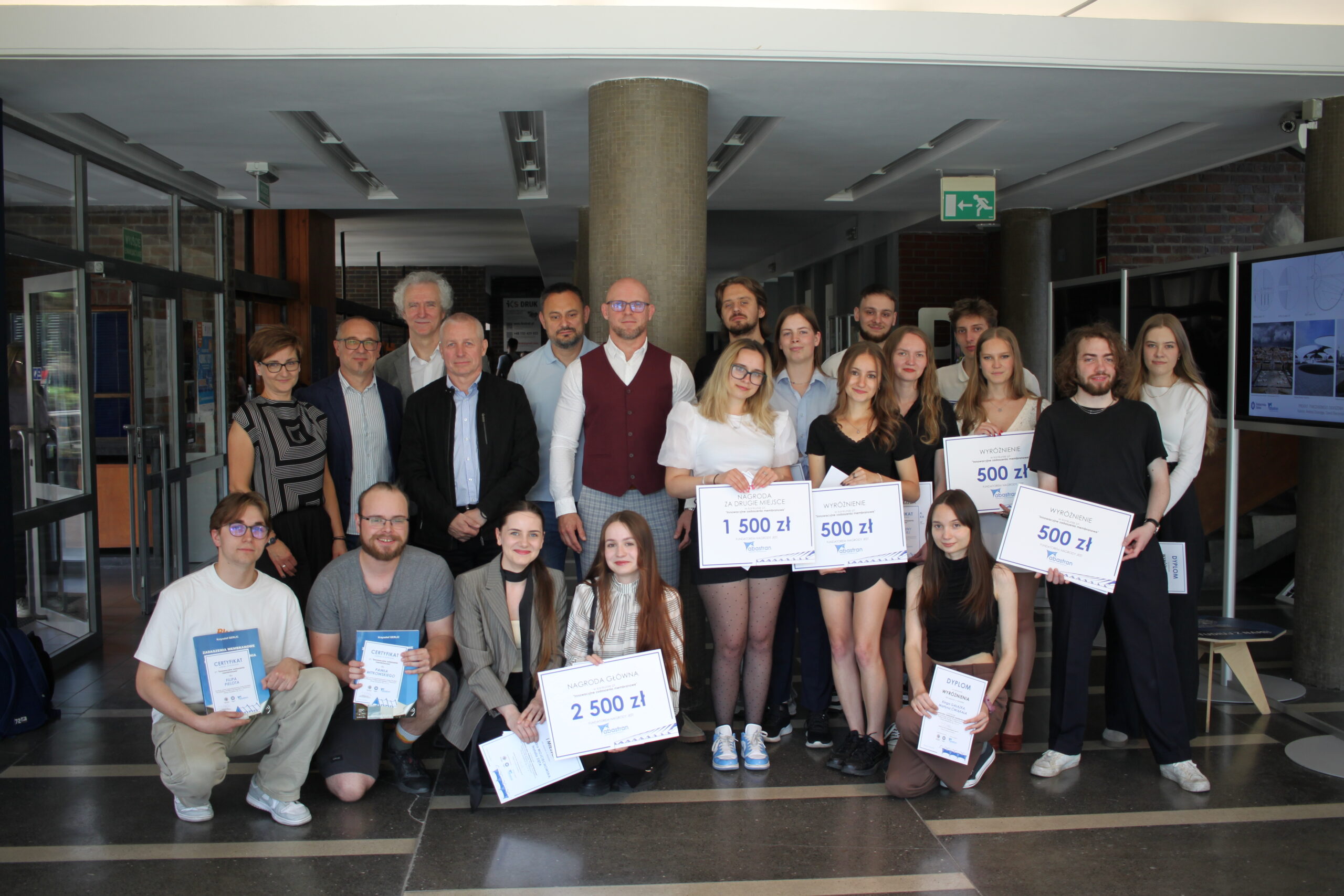
Competition for Innovative Membrane Roofing – Results and Inspirations
This year, we had the pleasure of organizing a competition together with the Faculty of Architecture at the Silesian University of Technology for 6th-semester students to design innovative membrane roofing. The award ceremony, held at the Faculty of Architecture in Gliwice, was the culmination of the young designers’ creative and technical journey.
